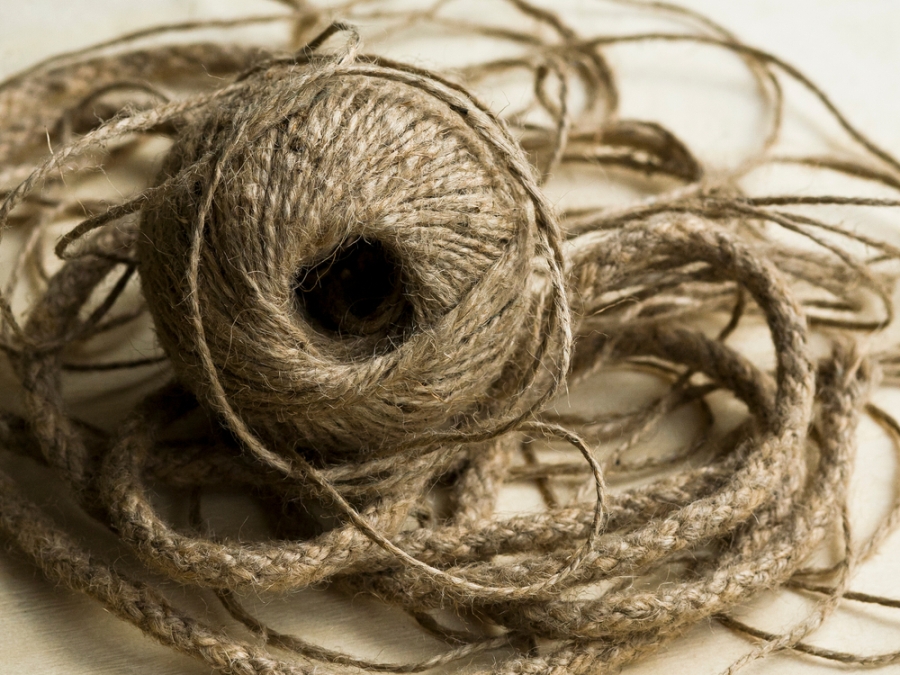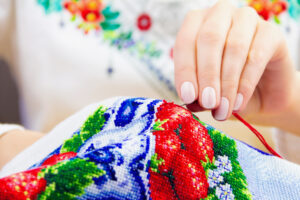Weaving rope is a traditional practical skill, with evidence that it has been practised in one form or another for as long as 40,000 years. Most commonly in our history it has been the preserve of sailors – rope is always necessary on board ship and weaving it together is a useful skill that also passes the time on long voyages. Using spare material and offcuts, the sailors could create not just the thick practical ropes needed to secure sails, but also decorative projects, and it’s this tradition which made the leap to dry land.
Rope weaving is a subset of the variety of crafts and skills that come under ‘weaving’. There are two steps to making decorations, jewellery or even furniture with rope weaving – first you need to weave the rope (or ropes) itself. This is the part of the craft that is most like traditional weaving, as you’re intertwining strands of fabric to make a textile. Depending on the project you’re working on, you can use different materials to create different thicknesses of rope, with different textures and different colours.
When you’ve created the ropes you intend to use to craft your project, you have lots of options depending on what you want to achieve: you can weave them together, creating a larger latticework of ropes; you can sew different lengths of rope together; you can use wire to shape them; or you can bind them together.
What Can You Make With Rope Weaving?
One of the most decorative and inspiring ways you can use these skills is with rainbow weaving. This involves using a weaving loom kit to make small ropes of different colours, using wire to give them shape, then stacking them into a rainbow and adding a few stitches to keep each rope in place. You can make a large rainbow for display, or use a smaller one as a necklace. Both versions of the woven rainbow make unique gifts.
You can also braid rope together to make a doormat, or on the smaller scale, coasters and table settings. These might make a great reminder of a maritime holiday, or a present for an ocean-loving friend. Depending on the size of your ropes and the intricacy of your braid, this could resemble a delicate lace or a rougher matt.
You can also weave and knot strands of rope together tightly to create furniture – or more specifically, chair seats. This is a great way to rejuvenate tired furniture or even make your own, using cheap, second-hand parts!








